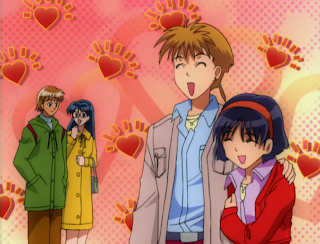The first project I completed was a drawing of Elvis.
This was using a grid technique that was similar to putting together pieces of a puzzle.
I took a colour photograph, photocopied it into grey scale and used the photocopy as a reference. You draw a grid on the photocopy of the picture, dividing it into precise squares and do the same on a piece of paper. There is a view finder (piece of cardboard with a square cut out in the middle) used to focus on one square of the photo at a time and then you line it up to the location of the square on the paper and draw from what you see through the view finder.
At the end of the class the students had to submit a drawing to display for a public viewing of works from each class . I chose a photograph of my mother.



























